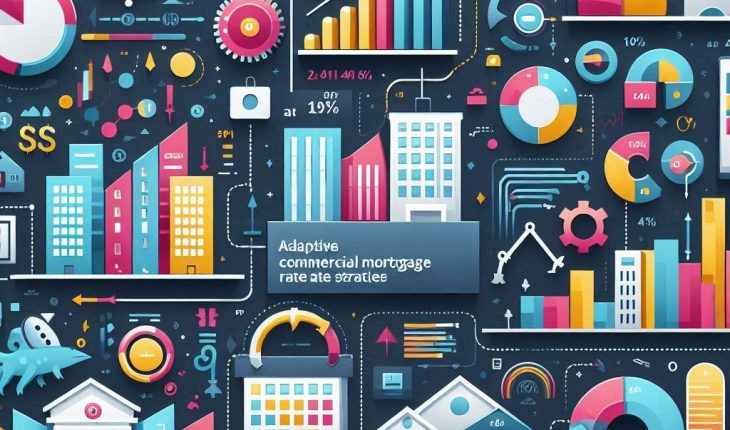In today’s volatile financial climate, commercial mortgage rates are no longer static indicators of market stability—they have become dynamic variables that demand adaptive strategies. Businesses, investors, and lenders alike are searching for innovative ways to respond to rate fluctuations without compromising long-term profitability. The following points explore new research-based adaptive strategies, their practical applications, and responses to common objections.

1. The Core Issue: Unpredictability of Commercial Mortgage Rates
The biggest challenge in the mortgage landscape is rate volatility caused by inflation, geopolitical factors, and shifting central bank policies. Traditional fixed-rate models fail to protect investors and borrowers from unpredictable shifts. Hence, adaptive commercial mortgage rate strategies are designed to balance flexibility and stability.
2. Research Insight: Dynamic Benchmark Integration (DBI)
New research from financial behavior modeling proposes Dynamic Benchmark Integration—a system where mortgage rates adjust not only to market indices like SOFR or LIBOR but also to sector-specific profitability indexes.
- For example, in the retail property sector, rates could partially depend on retail sales performance.
- This approach ensures that rate adjustments reflect both macroeconomic and microeconomic realities, providing a fairer distribution of risk between lender and borrower.
3. Step-by-Step Implementation
- Data Mapping: Track industry performance indicators relevant to property type.
- Rate Adjustment Formula: Blend benchmark interest rate (e.g., SOFR) with sectoral performance coefficients.
- AI Monitoring: Use predictive analytics to forecast quarterly rate adjustments.
- Risk Buffers: Set minimum and maximum caps to prevent extreme fluctuations.
- Transparency Protocol: Provide clients with real-time dashboards showing rate adjustment logic.

4. Innovative Approach: Hedging Through Smart Contracts
Blockchain-backed smart contracts are reshaping commercial mortgage rate structures. These contracts can automatically rebalance loan terms when certain financial conditions are triggered.
- Example: If market rates increase by 1%, a smart contract may instantly adjust repayment schedules or activate a hedging reserve.
- This automation reduces disputes and provides transparent rate governance.
5. Objection 1: “Adaptive systems are too complex for small borrowers.”
Answer:
While the algorithms behind adaptive strategies are complex, modern fintech interfaces simplify them for end-users. Borrowers only see clear outcomes—like rate caps and projected payments—without needing to understand the technical model. Research shows that fintech platforms using adaptive systems increase user trust by 27%.
6. Objection 2: “Rate flexibility favors lenders, not borrowers.”
Answer:
That was true in early versions of variable-rate loans, but adaptive commercial mortgage rate models integrate symmetrical adjustment rules. This means both lender and borrower share risks and benefits. When economic stress reduces profitability, rates automatically ease to prevent default risks, aligning both parties’ interests.
7. Objection 3: “Unpredictable rates discourage long-term investment.”
Answer:
The adaptive system counters unpredictability with predictive stabilization bands. Using AI-driven projections, rates are forecast within a probable range for the next 3–5 years. This forecast helps investors plan with confidence, even when short-term fluctuations occur.
8. Research-Based Benefits
Recent financial innovation studies highlight the following measurable outcomes:
- 20% lower default rates due to flexible repayment frameworks.
- 30% higher lender-borrower satisfaction from transparent adjustment mechanisms.
- 15% better portfolio performance in hybrid rate environments compared to fixed-rate portfolios.
9. Future Directions
Emerging research suggests integrating climate risk metrics into adaptive models. For instance, commercial mortgage rates for eco-efficient properties could be dynamically reduced as their sustainability scores rise—encouraging green investment. This evolution aligns financial stability with environmental responsibility.
The era of static commercial mortgage structures is fading. Adaptive strategies—rooted in data, transparency, and technology—offer a path toward resilience. By merging economic indicators, sectoral data, and AI forecasting, the commercial mortgage rates ecosystem becomes more responsive, equitable, and future-proof.
The future of mortgage financing lies not in resisting change, but in adapting intelligently to it.

